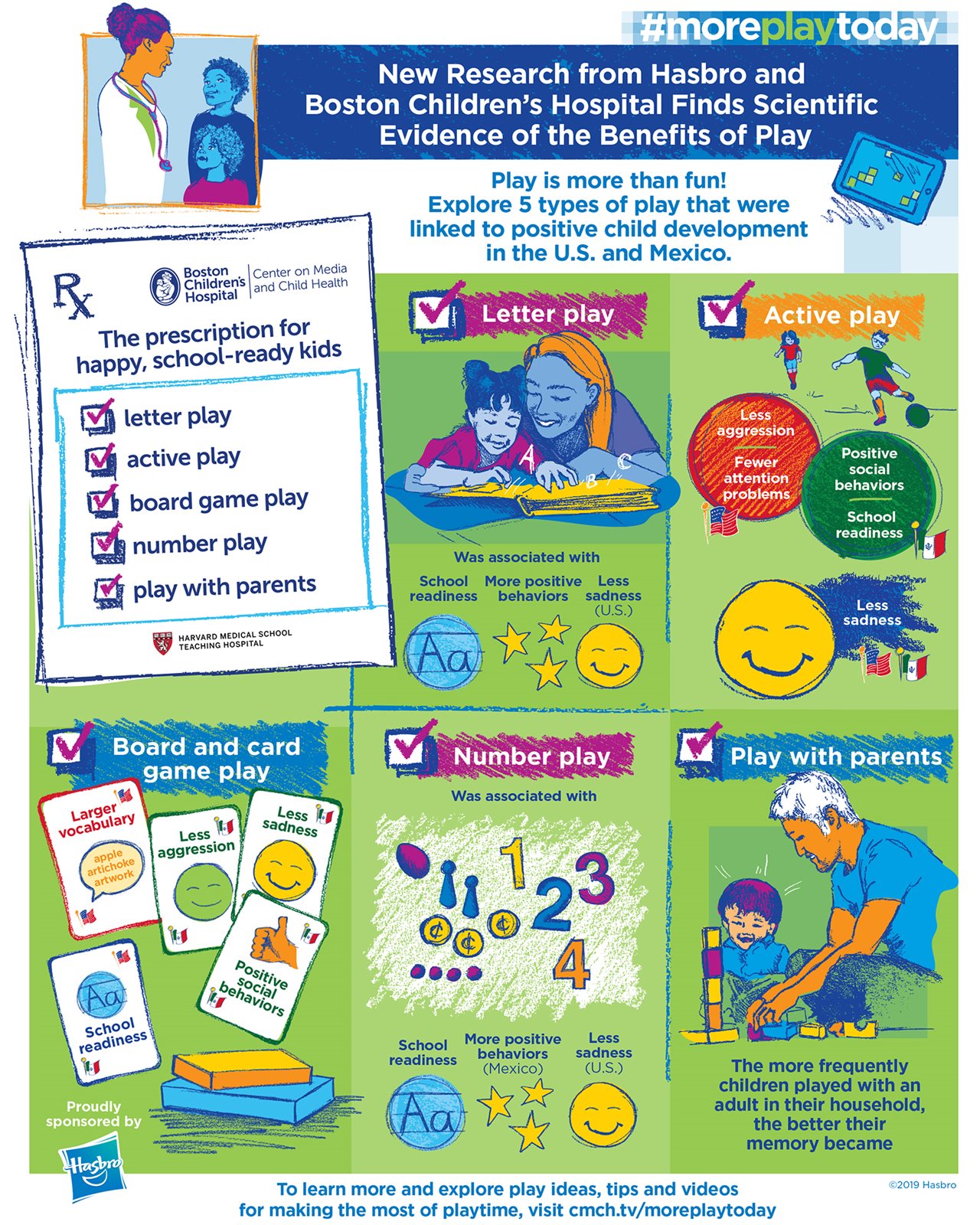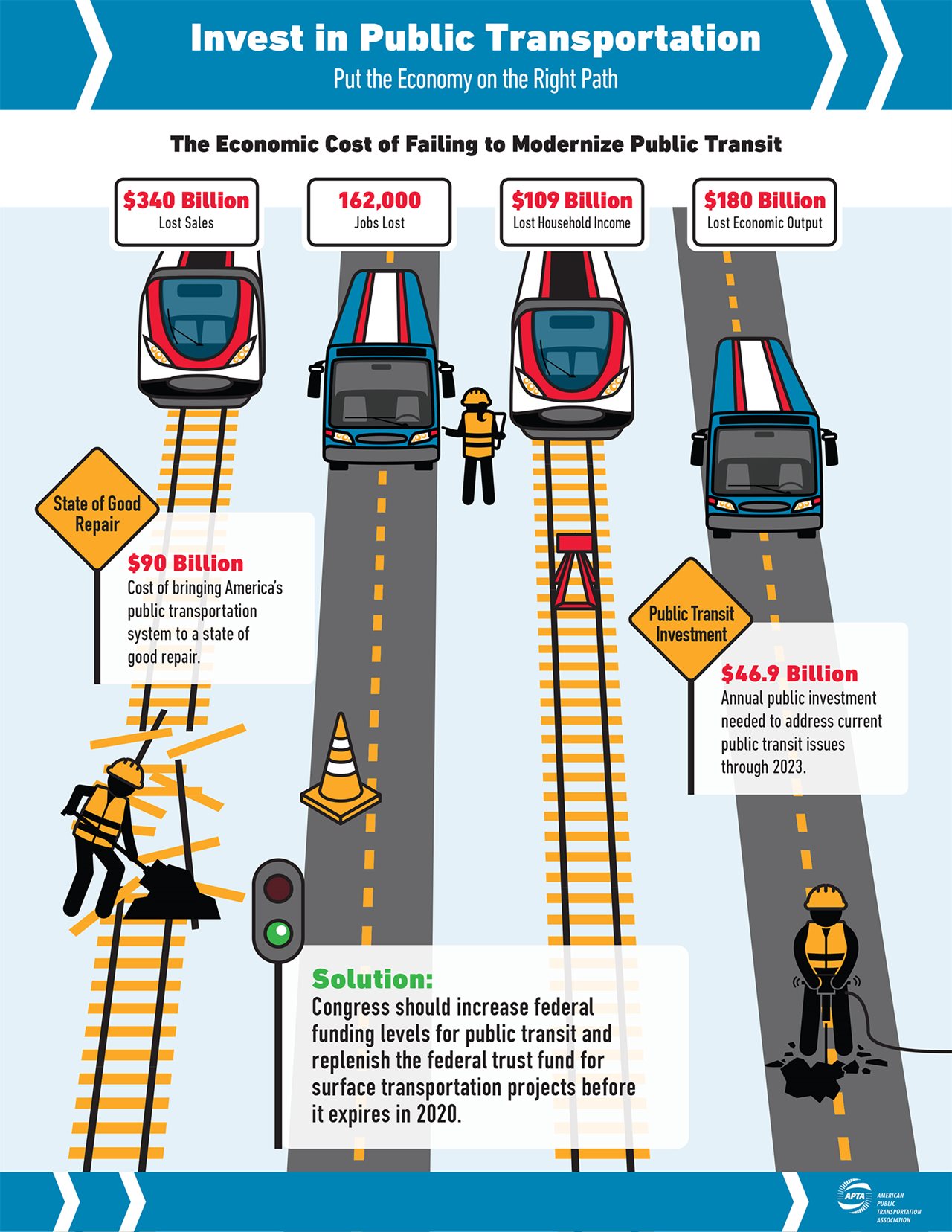2019-07-31T11:01:00
(BPT) – Scammers are always cooking up creative new ways to separate people from their money. The sad reality is that it often works. The latest schemes involve so-called “money flipping,” and it’s showing up in consumers’ newsfeeds on Twitter, Instagram, Facebook and even via text messaging.
Keep these things in mind when you see an enticing post or are randomly approached by someone about any form of money flipping or “get rich quick” schemes:
1. Trust your gut
If it sounds too good to be true, it probably is. You can ignore the testimonials with photos of big piles of cash, the fancy cars and the flashy jewels they displayed with captions of their “success” — scammers may tell you that they work for a money transmitter and have “tricks” on how to double your money. However, monetary systems cannot be “manipulated” by adding a few “extra 0s” to any transaction in an attempt to turn a small investment into big money in minutes. Cons claim they will keep a percentage of the profit as commission, but as soon as a victim sends the upfront investment money, they will unfriend or block you on social media, not answer texts or calls and disappear with your dough without a trace.
2. Don’t be fooled by a text from a “friend”
Even if a text or SMS appears to be from someone you know, if someone’s asking you for money for any reason, you should think twice before taking action. If you really think it’s from a friend or a social media acquaintance, contact them directly in another way (by phone, via email or in person) to confirm the situation. Chances are that it’s really a hacker who is masquerading as someone you really know to try to convince you to take the bait.
3. Use your head
Does it seem realistic that someone could turn your $200 into $2,000 by the end of the day? If it were that easy, surely everyone would be doing it. If it doesn’t make sense to you, that’s because it’s nonsense. While common sense should tell us that this is a scam, you should also consider how it would be legal if it did work. In this instance, there is no logical, legal way that such a scam could be effective and legitimate. Never let your emotions blind you to these facts. Even if it were possible to modify the amount of a transfer, it would be criminal to defraud a legitimate business by participating in this scheme. Never invest in something you don’t totally understand.
4. Remember that you don’t really know who you’re talking to
Even if the person posting on social media or messaging you says that they work in the financial industry, or that they’ve successfully made wads of cash and are just sharing their good fortune out of the kindness of their heart, remember that you have no idea who that person really is, even if they insist they want to get you a good deal or help you get rich quick.
5. Never click any links or give out personal information
Someone trying to scam you on Instagram or any other social media site will often lure you into a continuing conversation over text or SMS, then try to get you to click a link to a compromised site — or may even try to get you to reveal personal info like your bank account or Social Security number. Anyone asking you for your money or sensitive financial details is not a giver, they’re just a taker.
Flip burgers, flip pancakes — just do not try to flip your hard-earned cash! Never give money to anyone promising to make you quick and easy money. There is no such thing as free money.
For more tips and awareness information about consumer fraud, visit: wu.com/fraudawareness. If you believe you may be a victim of fraud using Western Union, call the Western Union Fraud Hotline number at 1-800-448-1492.















